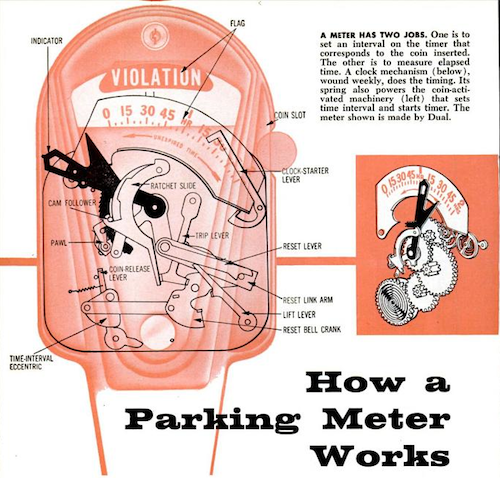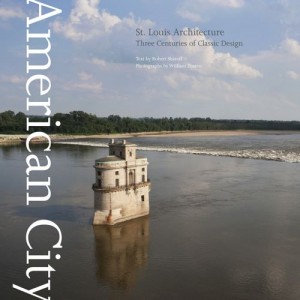Poll: Would you support a municipal/county ban on pet stores selling dogs from puppy mills?

As I read news headlines I often save articles because I think the topic deserves discussion in the St. Louis region, such was the case last month:
In curbing retail dog sales, San Diego joins Los Angeles, Albuquerque, N.M., Austin, Texas, and more than two dozen municipalities across the country. The bans, all of which have taken effect in the past three years, are evidence of a rapidly growing movement to put an end to so-called puppy mills, a term used by opponents to describe high-volume commercial dog breeders. Animal-rights groups say such facilities, which can move more than 2,000 dogs a week, supply the vast majority of pet-shop dogs. Unsurprisingly, the San Diego ordinance and others like it have attracted fierce criticism from breeders and pet-shop owners who say the anti-pet-shop movement is just plain rabid. (source)
To kick off the discussion, I thought this would be a good subject for the weekly poll. The poll is in the right sidebar. Results on Wednesday the 13th.
— Steve Patterson




